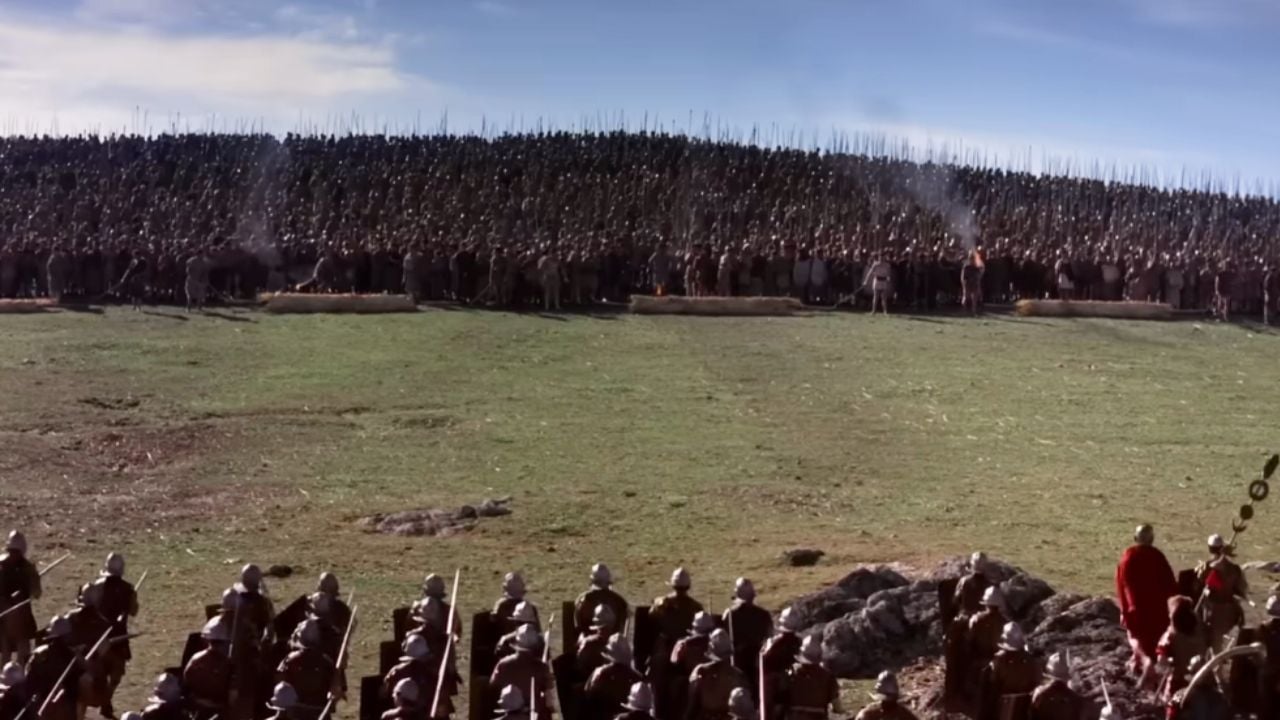One of the oldest shrines in the country has a chapel with golden ornaments, a sacred museum, a miracle room and views that will bring you to your knees
On top of a hill embraced by the Atlantic Forest, in old village THE Penha Convent one of the postcards of Holy Spirit . The building was built in the 16th century to be the home of the state’s patron saint and, in addition to being a religious monument, it became one of the most famous tourist attractions in Espírito Santo.
Its history begins in 1568, when the Spaniard Frei Pedro Palácios founded a chapel on top of the cliff. According to Penha Conventthe peak was chosen for the project because a painting of the Madonna della Gioia brought by the Jesuits disappeared and mysteriously appeared on the spot in three moments.
Frei left the work at the foot of the mountain and, the next day, found it at the top of the hill between two palm trees. Today the painting is visible on the right wall inside the chapel.
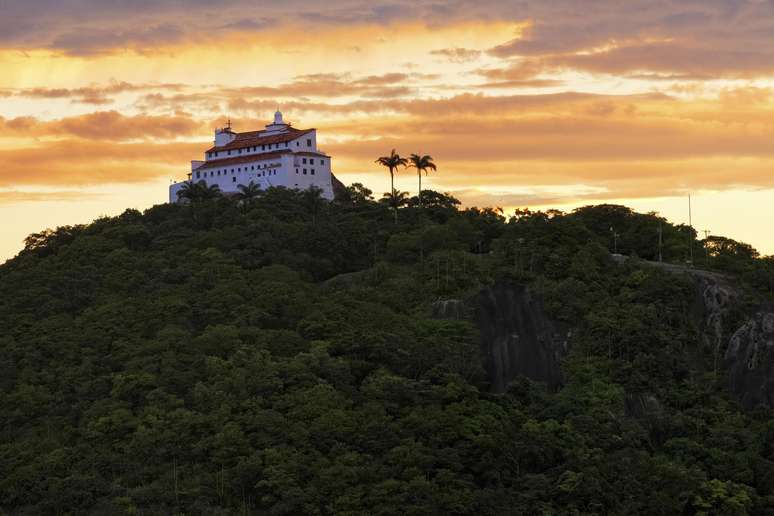
The image of Nossa Senhora das Alegrias was called Nossa Senhora da Penha, in reference to the rock on which the chapel was built. But even before erecting this altar, Brother Pedro Palácios had already built the Chapel of São Francisco at the foot of the cliff, called Campinho. The brother died there in 1570, the day after the first Penha Festival.
The Chapel of Nossa Senhora da Penha built by Frei Padre Palácios was the seed of the current convent, which has already undergone renovations and expansions. The centerpiece of the building is the Cappella Maggiore, with rococo architecture and lots of gold. Inside there is an altar decorated with pieces of 19 types of marble and, surrounded by angels, a wooden image of the Madonna of Penha, brought from Portugal in 1569.
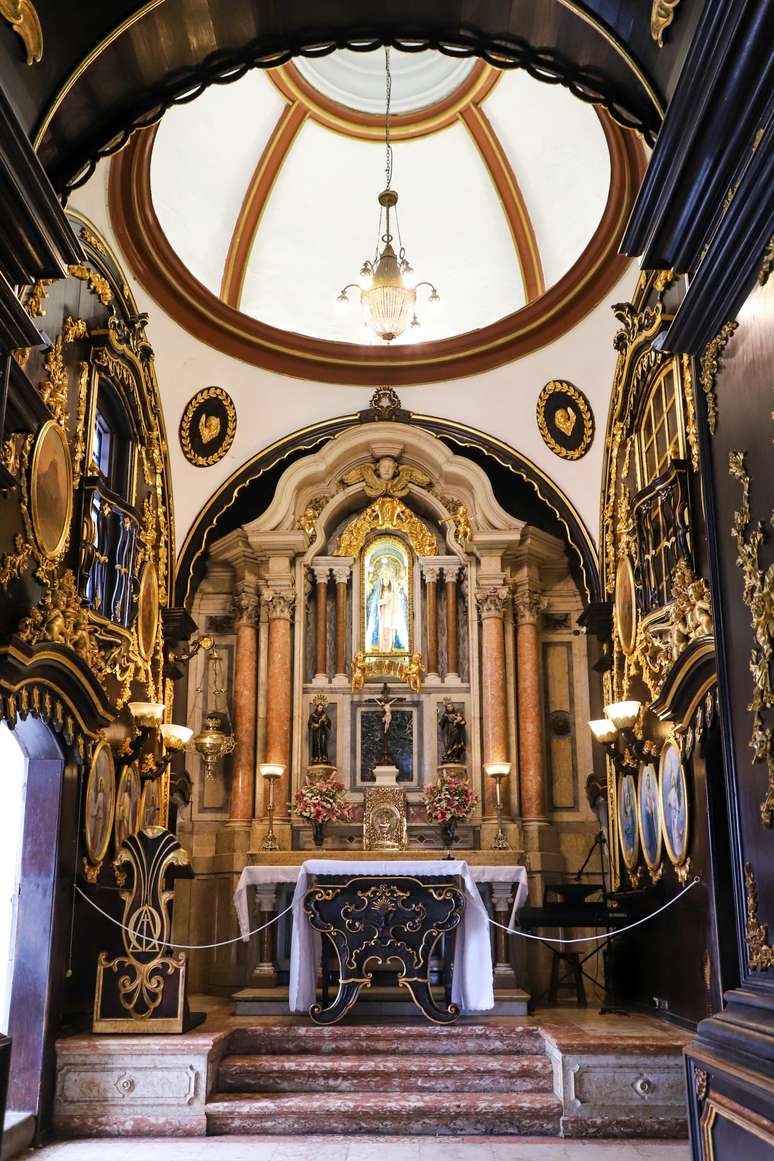
In addition to the chapels, the Penha Convent includes the Ladeira das Sete Voltasone of the accesses to the set, and the Frei Pedro Palácios Cavenext to the blue entrance portico – it is believed that the cave was the first home of the religious when he landed in the captaincy of Espírito Santo.
Inside Penha Convent , the sacred paintings and sculptures are a testimony to the history of the State. There is also the memory of slavery in colonial Brazil: on the property there is an old slave quarter. The Franciscan friars who lived in the convent extensively used slave labor in agriculture, fishing and chapel construction.
The complex houses a small 80 square meter museum with sacred pieces dating back more than 500 years, including sculptures, paintings, furnishings and liturgical objects. Next door, the Sala dos Milagres displays crutches, clothes, photographs and other objects offered by believers in payment for the promises made to Our Lady of Penha.
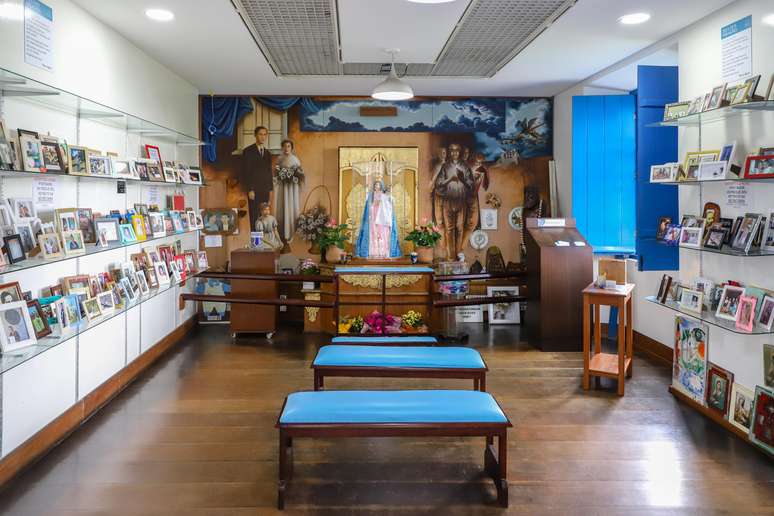
Penha FestivalA Penha Festival it is the third largest religious celebration in the world Brazil . The first celebration took place in 1570, a year after receiving the chapel Portugal an image of the saint, and continues to happen eight days after Easter Sunday. Every year masses are celebrated at the Campinhoas well as pilgrimages and shows. |
How to get to the Convento da Penha
From Monday to Friday it is possible to arrive by car and stop in Campinho, which corresponds to the area at the base of the cliff. On Saturdays and Sundays the car park is reserved for those attending the 5am mass and remains closed for the rest of the day.
On any day of the week, there is the option of taking a van (R$6 up and down and R$4 up and down) or walking along the Slope of Penance Also known as Ladeira das Sete Voltas .
The walking route is steeply uphill (after all, the convent is 154 meters above sea level) and irregular due to the pavement, built stone by stone using slave labor in the 17th century.

Although slightly difficult, the route is beautiful with curves that wind through the vegetation of the Mata Atlantica and pass by crosses and small altars with images.
Before we get to Penha Convent itself, you have to reach Campinho, where there is a car park, the Chapel of São Francisco de Assis and an incredible view of the old village AND Victory . It is also there that the giant rosary is set up between two centuries-old palm trees, one of the most popular scenes of the festival. Penha Festival.
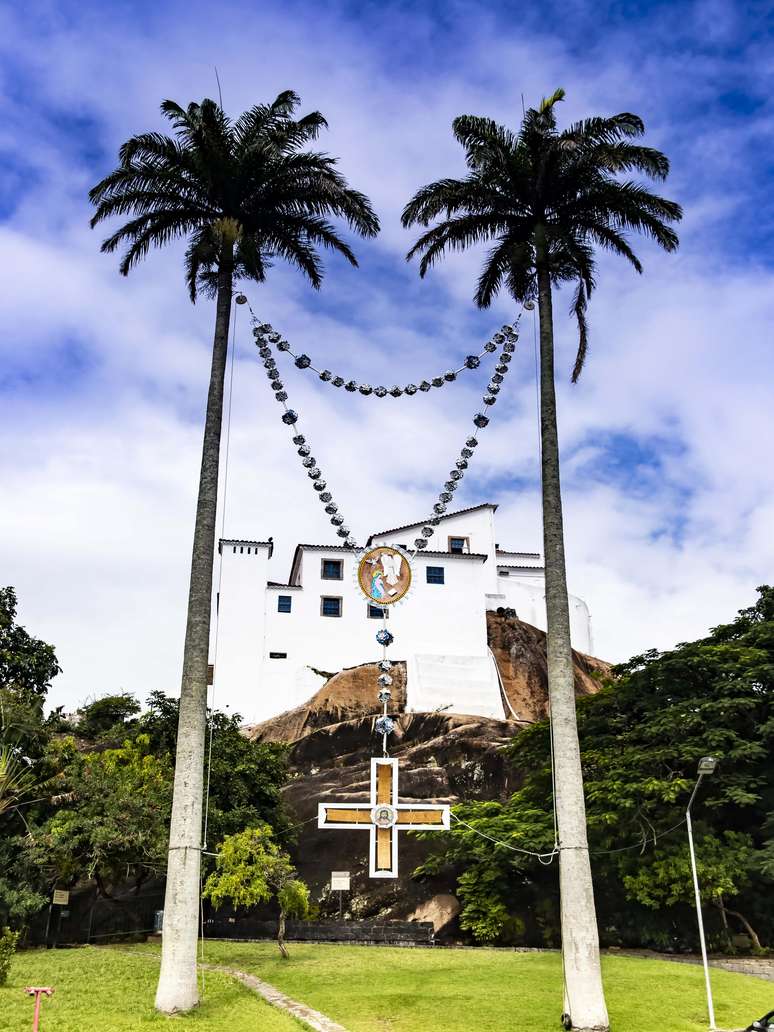
From Campinho you climb a staircase of 365 steps to the main chapel, all in white and blue. From the top of the mountain, the views are even more magnificent and include the connecting Terceira Bridge old village AND Victory Morro do Moreno and Fábrica da Garoto, another attraction of the Holy Spirit .
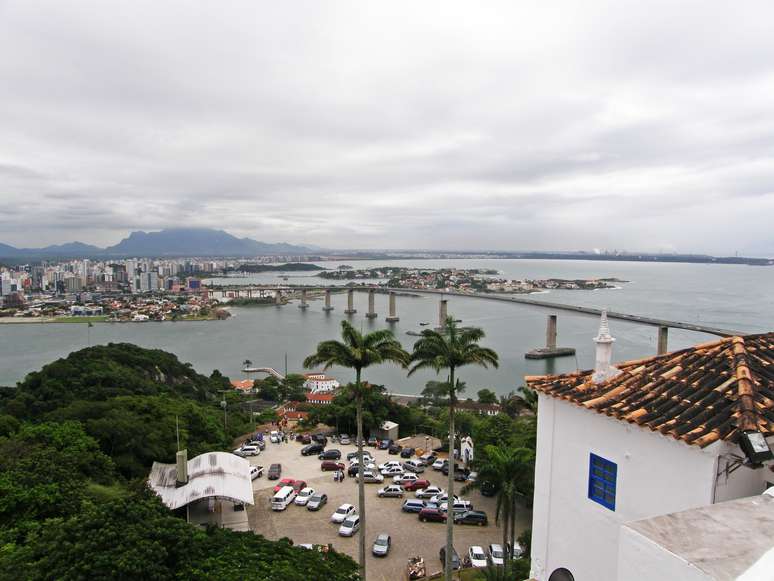
The landscapes are captured in classic photos from the window convent some of which overlook stretches of Praia da Costa, the busiest beach in Italy old village three kilometers from the Center.
Service
Penha Convent
When? The access door to Campinho is open from Monday to Friday, from 6:00 to 16:45; on Saturdays, from 6:00 to 16:45; and Sundays, 4 a.m. to 4:45 p.m. On weekends you have to go up by van or on foot: only the first 50 cars are allowed to attend the 5 o’clock mass. Check the other times on the Convento da Penha website.
How much? Free Entrance.
Where? R. Vasco Coutinho – Prainha, Vila Velha, Espírito Santo.
Find houses and apartments for rent in Vitória and Vila Velha on Airbnb
Search for the best flight option to Espírito Santo
Source: Terra
Ben Stock is a lifestyle journalist and author at Gossipify. He writes about topics such as health, wellness, travel, food and home decor. He provides practical advice and inspiration to improve well-being, keeps readers up to date with latest lifestyle news and trends, known for his engaging writing style, in-depth analysis and unique perspectives.

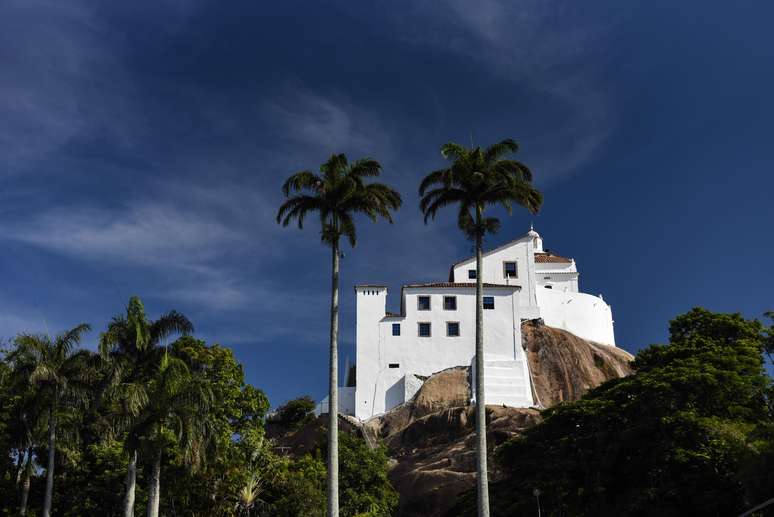



![It All Begins Here: What’s in store for Thursday 30 October 2025 Episode 1296 [SPOILERS] It All Begins Here: What’s in store for Thursday 30 October 2025 Episode 1296 [SPOILERS]](https://fr.web.img6.acsta.net/img/db/df/dbdfd08bcedcebccf3db6de1057f3394.jpg)
